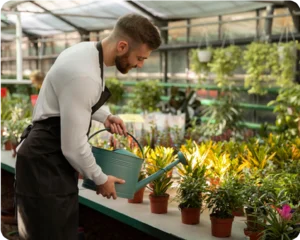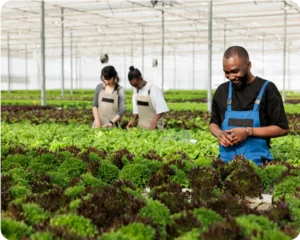
1. Choose the Right Location
Your garden needs 6–8 hours of sunlight daily. Make sure the area has good drainage and easy access to water. If you’re short on space, consider container gardening or vertical gardens.
2. Select Your Crops
Start with easy-to-grow crops like tomatoes, lettuce, spinach, basil, or peppers. Choose plants that are suitable for your local climate and current season.
3. Prepare the Soil
Healthy soil is the foundation of an organic garden. Enrich your soil with compost, cow dung, or other organic matter. Avoid chemical fertilizers and opt for natural soil boosters like neem cake or bone meal.
4. Use Organic Seeds
Opt for non-GMO, organic-certified seeds. These are often more resilient to local pests and diseases, making your gardening journey smoother.
5. Water Wisely
Use a watering can or drip irrigation to prevent overwatering. Early mornings or late evenings are the best times to water your plants and reduce evaporation.
6. Natural Pest Control
Companion planting (like planting basil next to tomatoes) can naturally repel pests. Also, neem oil sprays and garlic solutions are effective organic deterrents.
7. Practice Crop Rotation
This prevents soil depletion and discourages pest cycles. Changing the location of crops each season keeps the soil nutrient-rich.
Gardening is not only therapeutic but also a sustainable way to eat clean. Starting small is the key – and before long, you’ll enjoy the fruits (and vegetables) of your labor.





